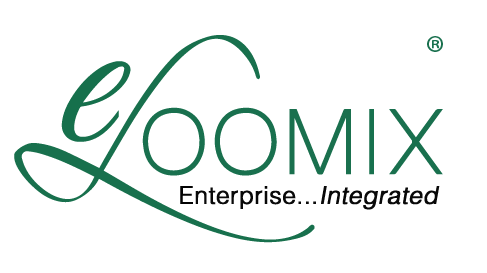What is Computational Integration?

Human beings have been inventing things for hundreds of thousands of years, from tools, language, and art in the stone ages (1, 2) to robots and artificial intelligence today. You might say we invented ourselves, since tools, cooking, art, and language pre-date the evolutionary stage we call Homo sapiens.
Some inventions, like language and art, have become integral to our human experience. Other inventions, such as nuclear weapons and artificial intelligence, pose a threat to our very existence. And yet, the vast majority of our inventions have promoted human flourishing by allowing us to offload our labor onto devices that we direct and control, liberating our resources for other things. Computational Integration is an invention that allows us to offload our cognitive tasks onto digital devices that we direct and control, liberating our cognitive resources for bigger and better things.
If you think about it, a lot of what happens in the knowledge work space, can be expressed as functions. For example: "get the weights today and compare them to the weights from the last measurement, calculate the change, and flag the ones that have changed too much in either direction." This task is expressible, it's repeatable and, once defined, it's extendable. For example: "get all the weights from when we started measuring to today, plot the weights over time, and flag the trends that are too steep in either direction." A human being might enjoy doing this once, as a proof of concept, but a human will not enjoy doing this task over and over, day after day, with different inputs and outputs. Human beings generally do not like having to deploy their precious cognitive resources toward a problem they've already solved. However, machines will execute the task perfectly, over and over, as an automated process or on demand, without becoming grumpy or tired. The goal of Computational Integration is to find the optimal balance of cognitive tasks between humans and machines.
Computational Integration is accomplished through a redux of one of humanity's earliest inventions: language. At eLoomix, working in the field of biomedicine, we used an artificial, functional language to build a dictionary of functions that encapsulated the automatable work in the biomedical domain. These functions were then assembled, like words in a sentence, into microservice applications that executed the data and computation heavy repetitive tasks that humans abhor and computers do so well.
We built our function dictionary by focusing on process. We sat down with the people who wrestled daily with the enterprise core specialty systems, like the electronic health record, and we asked them: "Where are the pain points?" We got answers like: "It takes too long to figure out which food I'm supposed to give." "It takes too long to get bloodwork results into the system; I have to enter thousands of records by hand." "There's nothing that alerts me to abnormal bloodwork." "It takes too long to calculate all the doses by hand." For each of these representative problems, we had our users describe their current processes in detail. Then we had the users describe how they would do things differently and we optimized the processes together. Once we had the optimized process flows fully defined, we were ready to automate.
We broke each process down into its irreducible bits and created functions to perform those bits. Then we created microservice applications that used those functions to completely automate the full process from end-to-end. Each time we did this, each new function we created for a microservice application became available for use in the next microservice application. Thus we built an extremely stable vocabulary of irreducible functions. Similar to a natural language, in which 75 percent of meaning can be constructed from creative combinations of about 800 word families (3), the approximately 900 word eLoomix function dictionary is nearly a full computational representation of the biomedical domain.
The benefits have been extraordinary. At OHSU, where Computational Integration was conceived, developed, and reduced to practice, we've realized a 15% resource cost savings through process optimization and a 60% reduction in data entry labor hours. But the benefits are not just financial. Critical institutional knowledge is captured as documentation and functional code, making this knowledge accessible to the entire organization, even when key members leave. Regulatory requirements can be captured as functional code that sends alerts regarding harmful trajectories or possible instances of noncompliance. Most importantly, Computational Integration leads to a workplace culture perfused with innovation and empowerment. When people are able to improve what they perceive to be suboptimal and work in the way that is best suited to their strengths, they become more engaged. Apathy drops away. Having solved one of their problems, they'll move on to solve the next, and they'll keep going. Organizational leadership can harness this energy and use it, along with the liberated FTE, to take the organization to new heights.
Computational Integration is an investment in the employees who spend the better part of their waking hours working to further the organization's goals, and its dividends are a more satisfied, engaged, and productive workforce.
References:
(1) Dating the Origin of Language Using Phonemic Diversity
